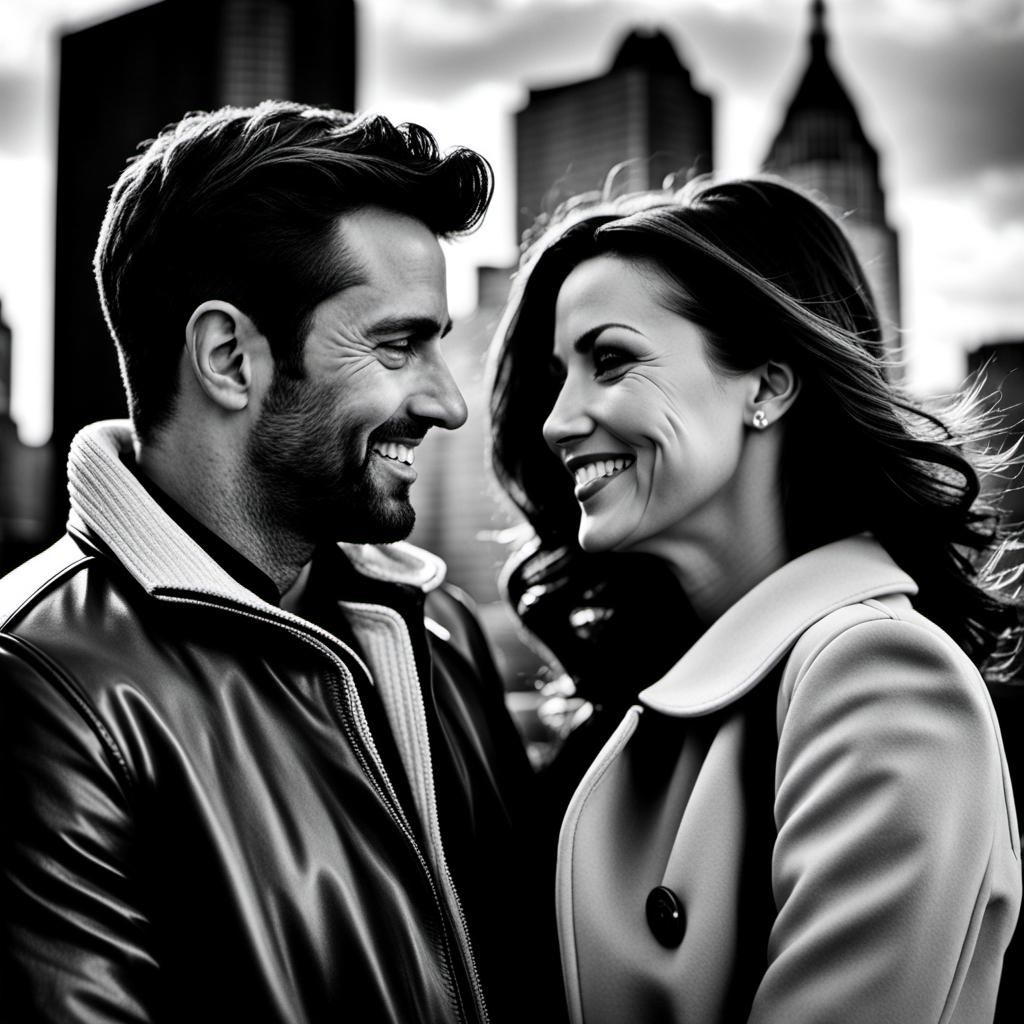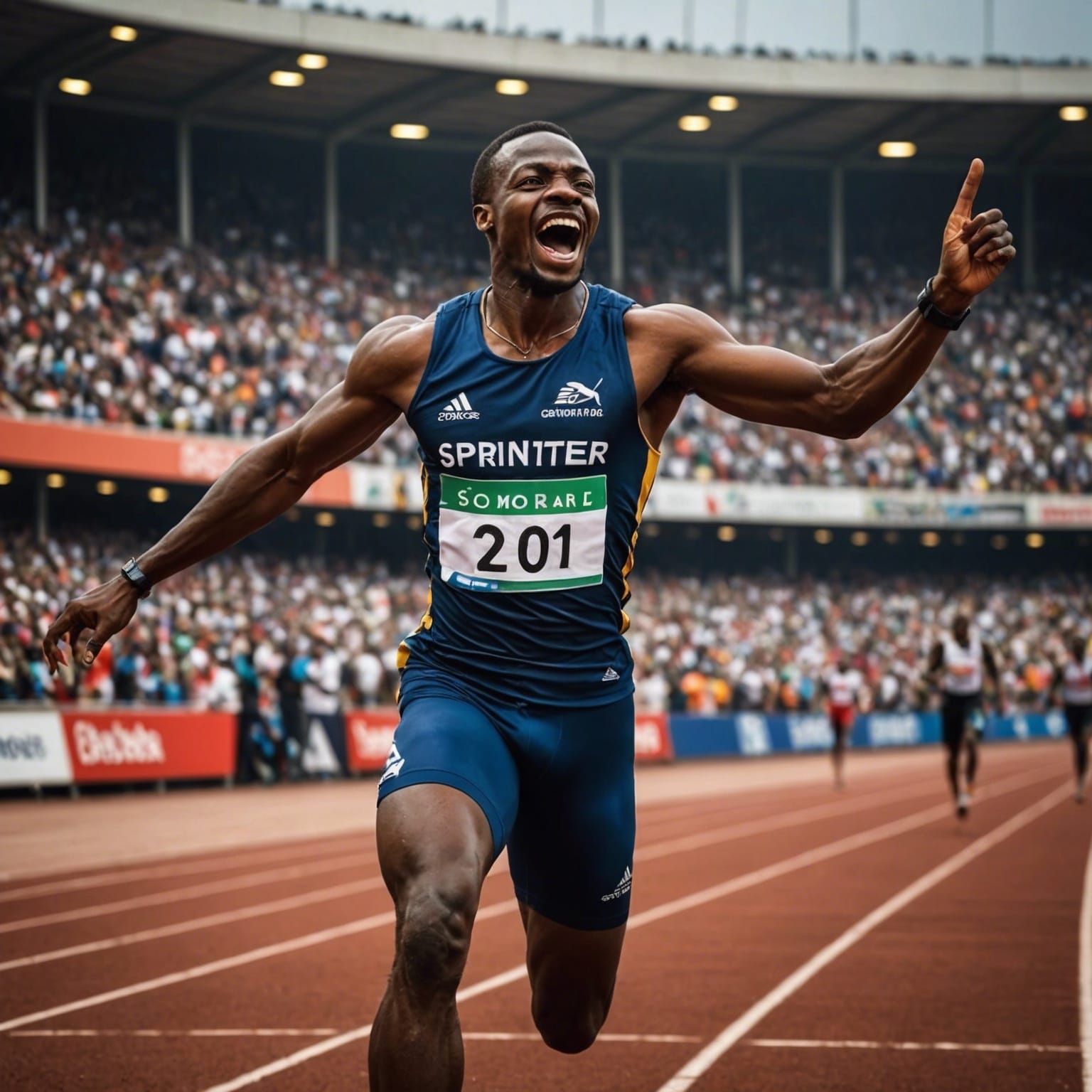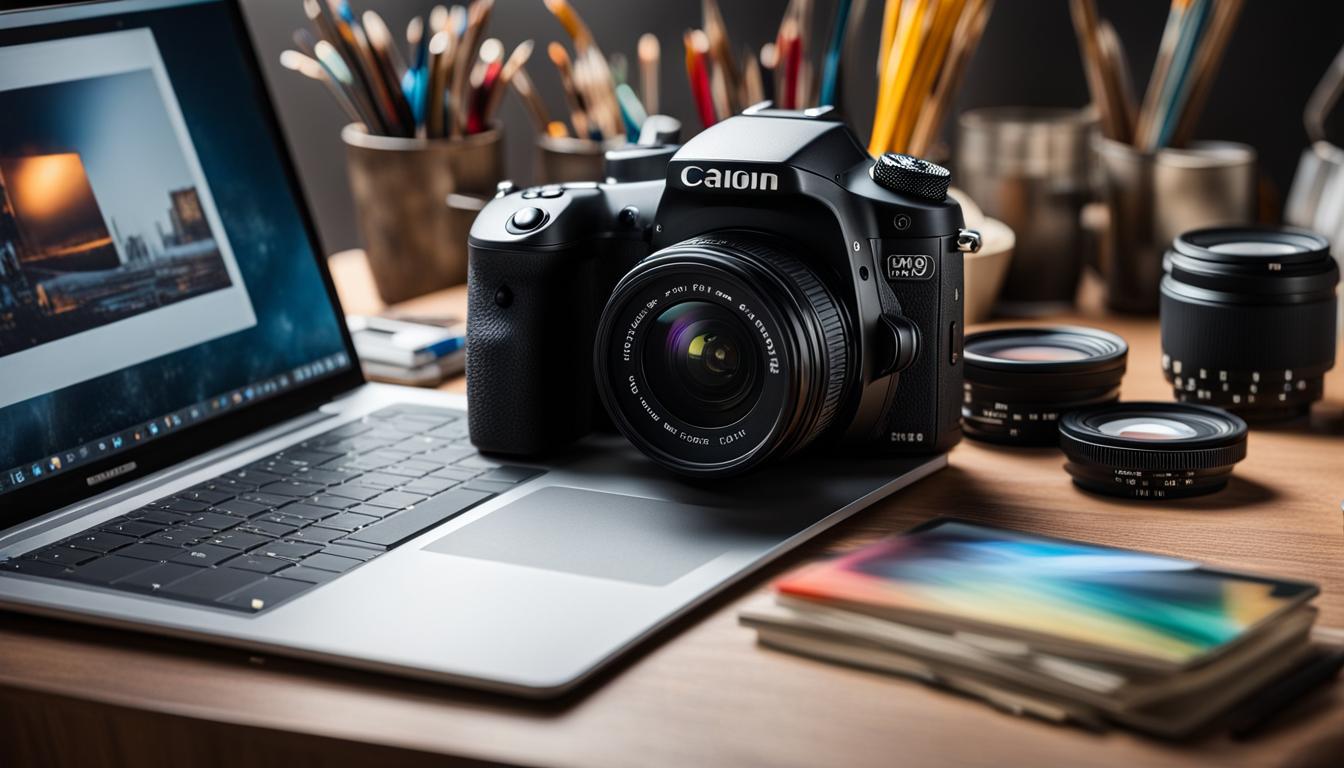I have previously written about how generative AI is revolutionizing what it means to be an artist. In the “Nimmit’s AI Art” series of articles, I have mostly exhibited AI art that look like drawings or paintings. This new technology is also adept at creating photorealistic images. It’s worth wondering what this means for photographers, particularly those who produce stock photos. In this week’s roundup of my AI art, I would like to present some realistic images and show that with some imagination and a computer, you can produce your own stock photos!
It is important to note that as generative AI becomes ubiquitous, and as it becomes capable of producing perfectly life-like images, it can be misused by bad faith actors. Leading companies in this field have acknowledged this problem and are instituting frameworks to ensure safe and responsible use of AI. Therefore, before I get to the images, a disclaimer: all images shown in this article were generated with the help of AI; any resemblance to persons, living or dead, is purely coincidental and unintentional.
Clicking on the images below will take you to the image posts on NightCafe where these were generated. You will find more technical information about the images there. You can also view some of my other creations by visiting my NightCafe profile page.
No Time To Look Back

Composition: “the frenzy of dirt bike racing action (1.4)”
“under the floodlights the final lap of the final race of the season will decide who reigns as champion, the crowd roars as the competitors traverse the final corner in a storm of dust and dirt. (1.1)”
Modifier: “matte painting in the style of Greg Rutkowski and Max Ernst, perfect composition, masterpiece (1)”
Sports are as entertaining as they are instructional in competitive psychology. Sporting images are often used as metaphors for ideas. But sporting media are often subject to copyright and licensing can be expensive. Setting up elaborate sets, hiring actors, camera equipment, post processing, and so on can become prohibitively expensive for individuals on a budget. But if you were only looking for an image to represent your blog or social media post, then generative AI can help. The image shown above, in my opinion, nicely captures the tension of a closely contested race.
Sandcastles

Composition: “sandcastles on a sunny beach (1.4)”
Modifier: “hyper realism, #film, bokeh, depth of field , sharp focus , rule of thirds, perfect composition (1.1)”
This is a simple image that works as a metaphor for many different ideas and represents different activities. And a simple image required a simple prompt. I’ve learned from my experiments that ‘bokeh’, ‘depth of field’, and ‘sharp focus’ can serve to highlight the main subject of the image. This is useful when the algorithm struggles to accurately depict background objects.
Butterflies

Composition: “a smiling couple in love against a city skyline background (1.3)”
Modifier: “silver nitrate photo portrait (1.3)”
I wouldn’t find this image out of place in an article on relationships. It’s a simple image that focuses on the excitement that lovers feel for each other. It’s what prompted the “Butterflies” title. Monochromatic images are stylish and can often artfully add a touch of mystery to the subjects. They can also, however, trim away needless detail and immediately draw attention to the core theme. I hope you have fun experimenting with this style.
Sprinter

Composition: “an African sprinter celebrates after winning the race (1.4)”
“all the years of toil and sweat have built up to this moment, in a test of fortitude and skill and endurance, your place in history has been witnessed by thousands of spectators in this massive stadium (1.1)”
Modifier: “hyper realism, photo realism, bokeh, depth of field, diffuse light, rule of thirds, perfect composition, masterpiece (1)”
Perhaps adding another sporting image to this article is redundant. But while “No Time To Look Back” showed the tension of a close finish, this one shows jubilation and relief in victory. I also find it useful to describe the atmosphere of the desired image in the composition prompt. It likely helps the algorithm to add additional details, like a crowded stadium in the image above, and it helps me articulate the idea behind the image. You should think about what weights you assign to the prompts. Are you looking for a specific scene with the atmosphere to back it up? Or are you more interested in the atmosphere of the image rather than a specific subject?
Private TV

Composition: “a man wearing VR goggles relaxing on a sofa, in front of him is a vintage TV on a table (1.4)”
“In a world beset with technological advancements relics of a previous age may envision a retro futuristic environment (1.1)”
Modifier: “hyper realism, photo realism, bokeh, depth of field, diffuse light, rule of thirds, perfect composition, masterpiece (1)”
The idea behind this image was to show how modern technology makes the previous generation’s products obsolete. With the passage of time, however, nostalgia for those products influences the design of new ones. This image doesn’t exactly capture that idea but it does show how products that were once considered incredible are giving way to more exotic technologies. On a different level this image also suggests that media consumption, which used to be social, is becoming increasingly private.
Creating realistic images using AI is no different than creating art using AI. Those who possess the vocabulary to describe what they imagine will succeed in getting the results that they intended. Those who possess the technical skill to edit or recreate those images to depict exactly what they wanted will excel. I do not think that AI art will make photography obsolete, just like it won’t make traditional art obsolete. But I do think that artists and photographers will have to do more to set their work apart. Human ingenuity will always shine through.
I hope you enjoyed reading this article. If this is the first time you have visited this website, welcome! Apart from experimenting with AI art, I write white papers to help leaders take initiative. To learn more about white papers and how they can help you, please visit the solutions page. To read articles like this one, please head over to the journal page.

